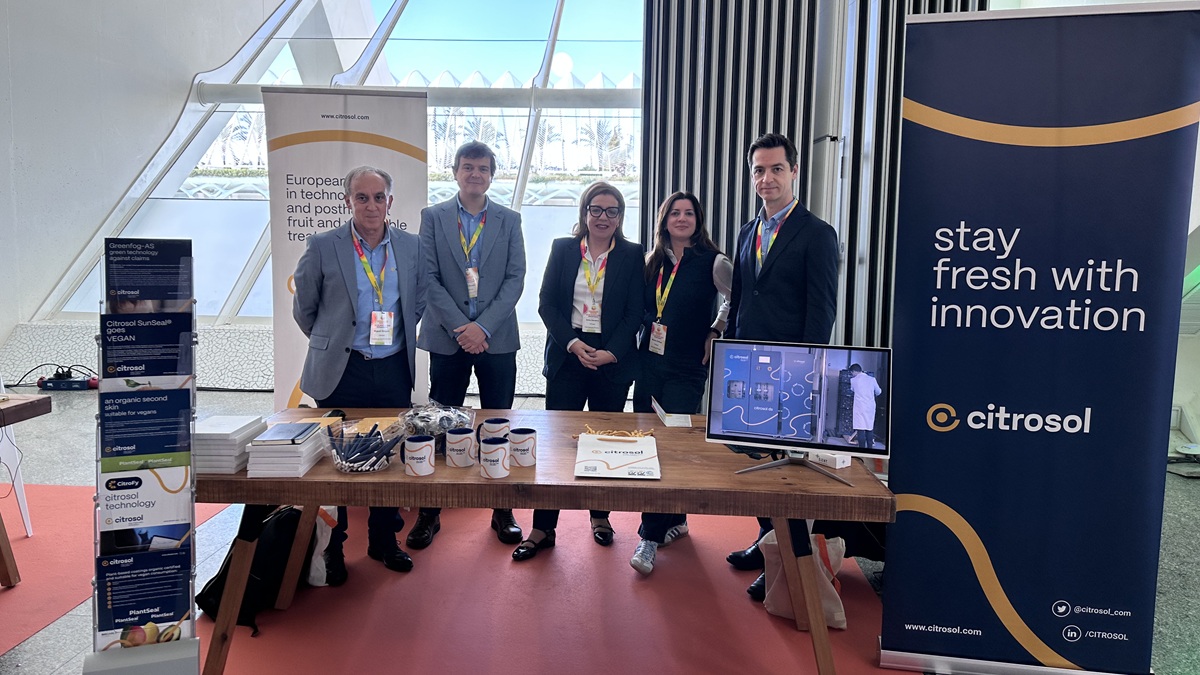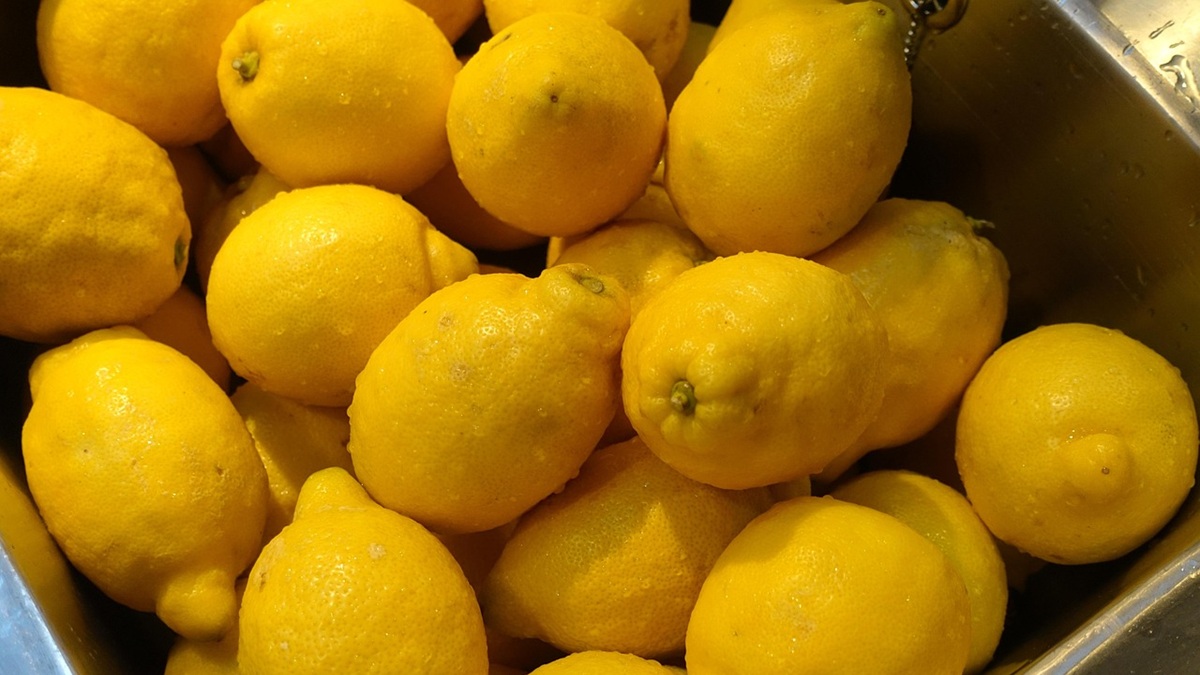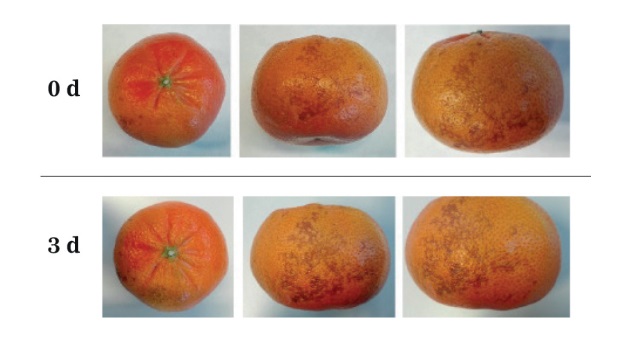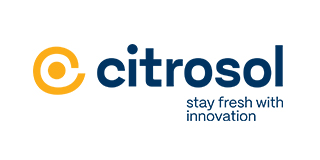

Citrosol
Phytosanitaries
Postharvest Treatments in Citrus: Strategies to Minimize Losses
A comprehensive guide for harvesting, transportation, and treatment, ensuring effectiveness and resistance control in the citrus supply chain. By Dr. Martín Mottura, Technical Department of Citrosol
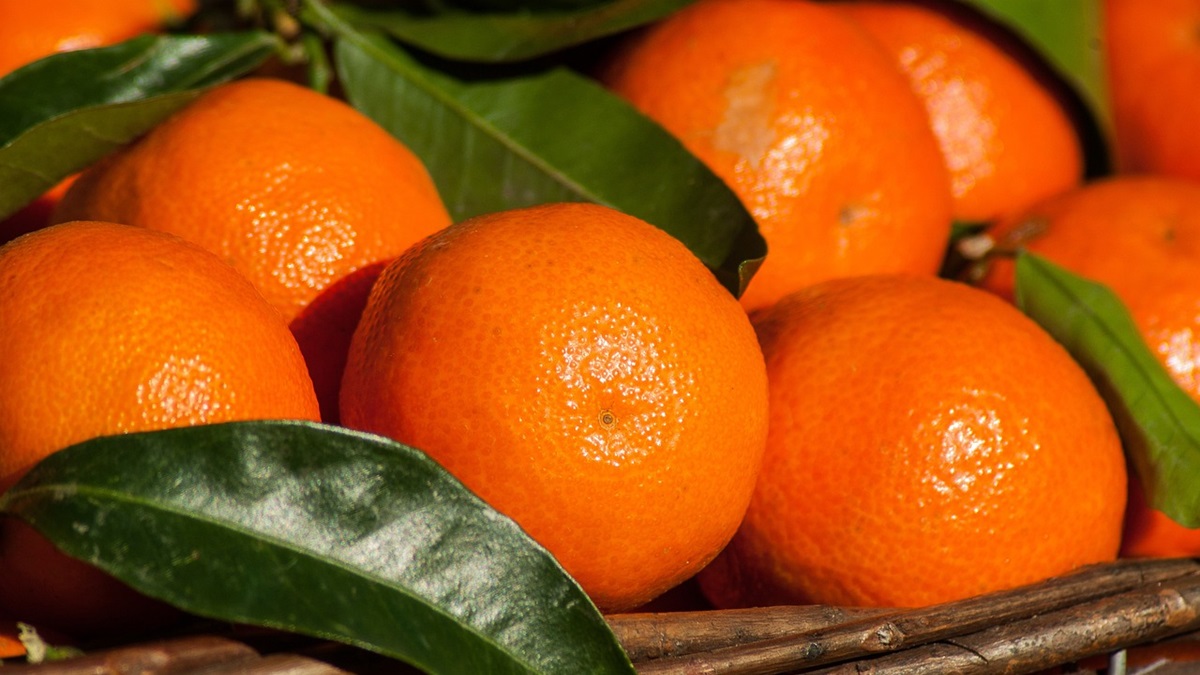
The application of post-harvest treatments is one of the primary tools for reducing losses due to rot in the citrus supply chain. However, merely applying these treatments does not guarantee optimal results. For this reason, these treatments must be accompanied by a comprehensive strategy that addresses every stage of the postharvest process.
Harvesting
Most injuries occur at this stage (cutting damage, micro-injuries from impacts or abrasions, injuries from poorly cut stems). To minimize these damages, it is crucial to use the right tools, keep them in good condition, and properly train staff to perform harvesting tasks correctly.
Transportation and Reception at the Packinghouse
Fruits should be protected from extreme temperatures, direct sunlight, or abrupt changes in temperature and humidity during transportation and handling. It is essential to optimize logistics between the field and the packinghouse, as well as manage the fruit upon its arrival at the facility, to ensure that post-harvest treatment is applied within the appropriate timeframe for each treatment.
Hygiene of the Fruit and Vegetable Packinghouse
Designing, implementing, and maintaining a good Cleaning and Disinfection (C&D) plan throughout the season is vital for achieving good results in controlling rot. As mentioned in the previous CITROPOST, CITROSOL offers a wide range of C&D products and provides diagnostic, evaluation, and specialized technical consulting services to ensure proper hygiene of the facility and all its components.
Postharvest Treatment
The time elapsed between harvesting and the application of the treatment is technically known as the PDBT (Permissible Delays Before Treatment).
As a general rule, for post-harvest treatments based on Imazalil, application should occur within 24 hours after harvesting. However, the PDBT may be reduced depending on the active ingredient or treatment applied. Regardless of whether the treatment is applied via drencher or pre-sizing, it is crucial to completely wet each fruit to achieve maximum effectiveness. Furthermore, the selection of active ingredient(s) will depend on the treatment objectives. CITROSOL offers a range of treatments tailored to each need (see Tables).
Objective: Treatment with 1 Active Ingredient
| Product | Function |
|---|---|
| IMACIDE® 7.5LS | Fungicide |
| CITROPROTECT PLUS | Skin protector |
| CITROCIDE® PLUS | Sanitizer for the solution |
Objective: Resistance Control, Preservation, Long-Distance Shipments
| Product | Function |
|---|---|
| IMACIDE® 7.5LS + CITROPYR or FORTISOL ADVANCE* | Fungicide |
| CITROPROTECT PLUS | Skin protector |
| CITROCIDE® PLUS | Sanitizer for the solution |
| FUNGCID GRAS SP | Fungicide booster |
*For oranges only. Pending expansion of registration to other citrus fruits.
To ensure maximum and consistent effectiveness of the post-harvest treatment, minimize the emergence of resistance, and control sporulation, it is essential to maintain the recommended concentration of fungicide and ensure proper hygiene of the treatment solution at all times. In this regard, the CITROSOL ZERO WASTE SYSTEM® system represented a significant technological advancement in the efficient management of reused drencher solutions. Recently, CITROSOL launched CATsystem®, a fully automated system that samples the treatment solution, analyzes it to measure the concentration of all fungicides, disinfectants, and additives in real time, and applies necessary corrections based on the results obtained to ensure a constant concentration.
Experience and Service
The specialized technical follow-up that CITROSOL provides to its clients allows for thorough control of the different stages of the post-harvest process to ensure the best results. Among these services is the monitoring of resistance, which allows for the rapid detection of strains with reduced sensitivity to any fungicide. This enables prompt corrective measures to be taken, such as increasing the intensity and frequency of C&D tasks, changing the drencher treatment, or reinforcing it, in order to control the massive emergence of resistance.


